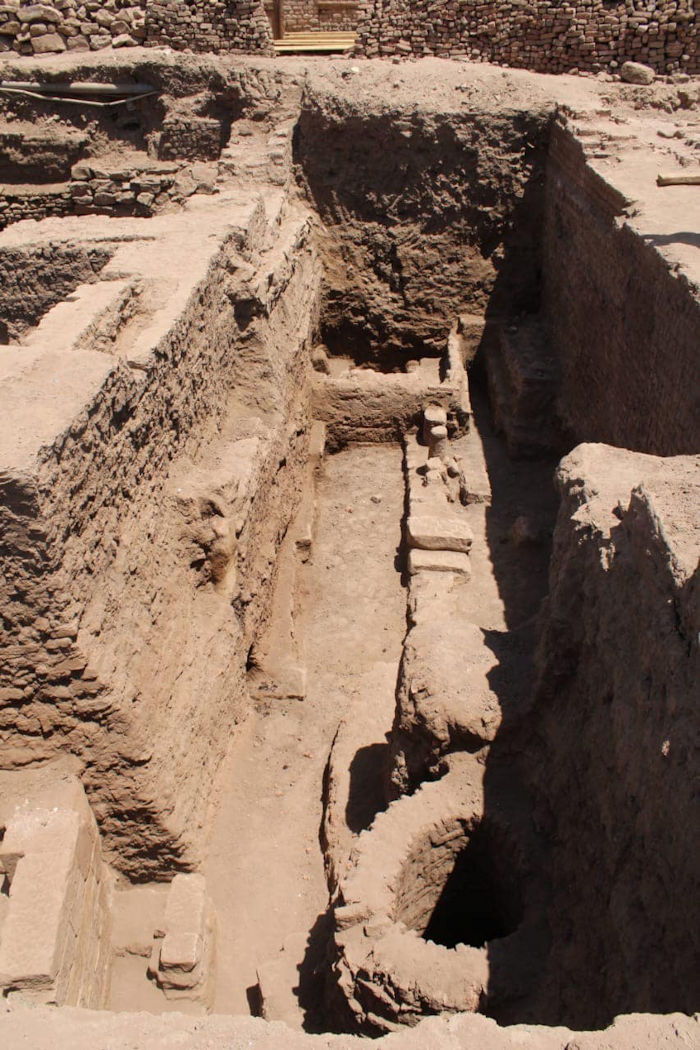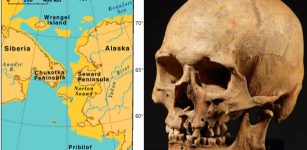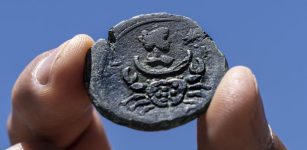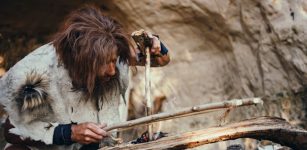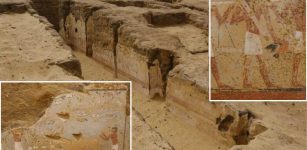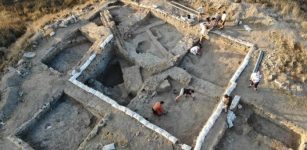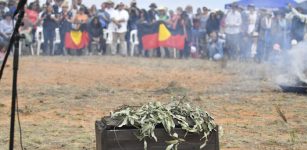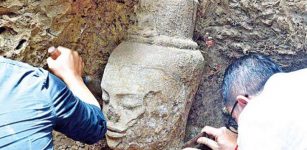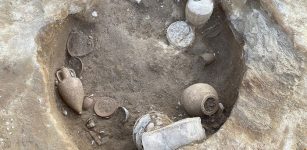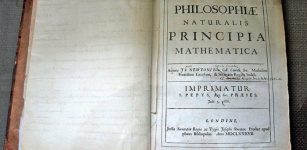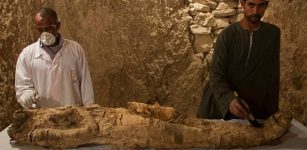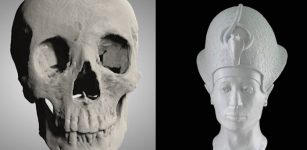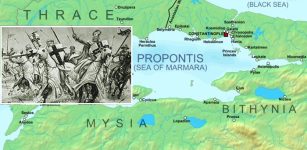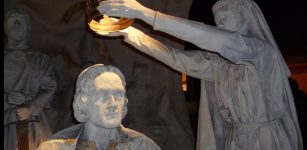New Archaeological Discoveries In The Temple Of Khnum At Esna, Luxor
Jan Bartek - AncientPages.com - The ancient temple of Khnum at Esna in Luxor, Egypt, continues to reveal its secrets.
Scientists have been busy restoring the Esna Temple for some years now, and more reliefs and inscriptions around 2,000 years old have been revealed to the public. Not long ago, scientists announced they had finished part of the restorations, and people can now admire magnificent colorful inscriptions and reliefs at the Esna Temple.
Credit: Ministry of Tourism and Antiquities
Meanwhile, the examination of the site is far from over, and archeologists report they have started to uncover parts of the Temple of Khnum in Esna.
The Egyptian archaeological mission of the Supreme Council of Antiquities, working in the Esna Temple in Luxor Governorate, revealed the remains of a cabin from the Ptolemaic era, a bath from the Roman era, and several artifacts from different historical periods.
Dr. Mostafa Waziri, Secretary-General of the Supreme Council of Antiquities, explained that the excavations were carried out in the area behind the Esna Temple, where the mission found the remains of a sandstone cabin that is considered an extension of the temple in ancient times, in addition to the remains of a circular building made of hollow red bricks, and the remains of a building.
Its last foundations are made of stone, and its walls are made of mud bricks. It has the remains of architectural elements, such as small columns that form a gate or entrance, a group of incomplete pottery vessels, parts of pottery grenades, and a group of unfinished pipes of different shapes, sizes, and materials.
Credit: Ministry of Tourism and Antiquities
He added that the mission also revealed the ruins of a building for the 'bakery' (a storehouse for weapons and guards), which was built in the city of Esna during the era of Khedive Muhammad Ali, of bricks (red) and mud bricks and wooden partitions made of palm trees and wood, in addition to some stones that were reused from some ancient Roman and Egyptian ruins in the area.
On the northern side, researchers discovered a Roman bath with bathing basins. Below there are passages for hot air and passages for water to reach the basins, which are two levels: The upper level has red brick floors that include a round part of sandstone that may have been part of the bathing seats, in the middle of them is a stream of water below a corridor in which a crown of a sandstone column was found. The red brick has a layer of colored mortar and floral and geometric motifs.
Written by Jan Bartek - AncientPages.com Staff Writer


